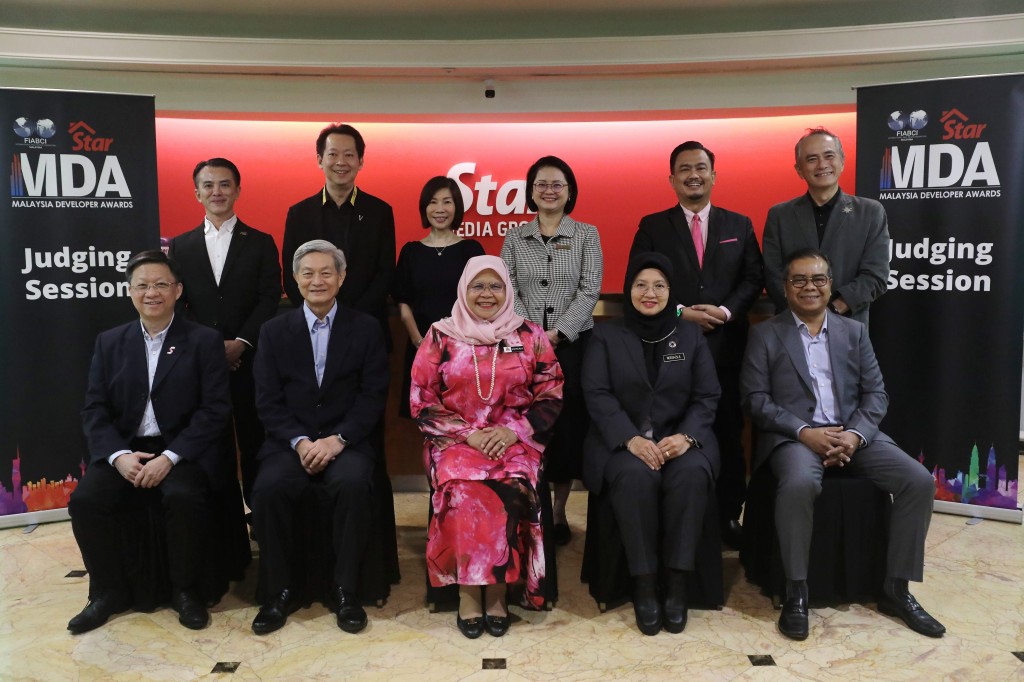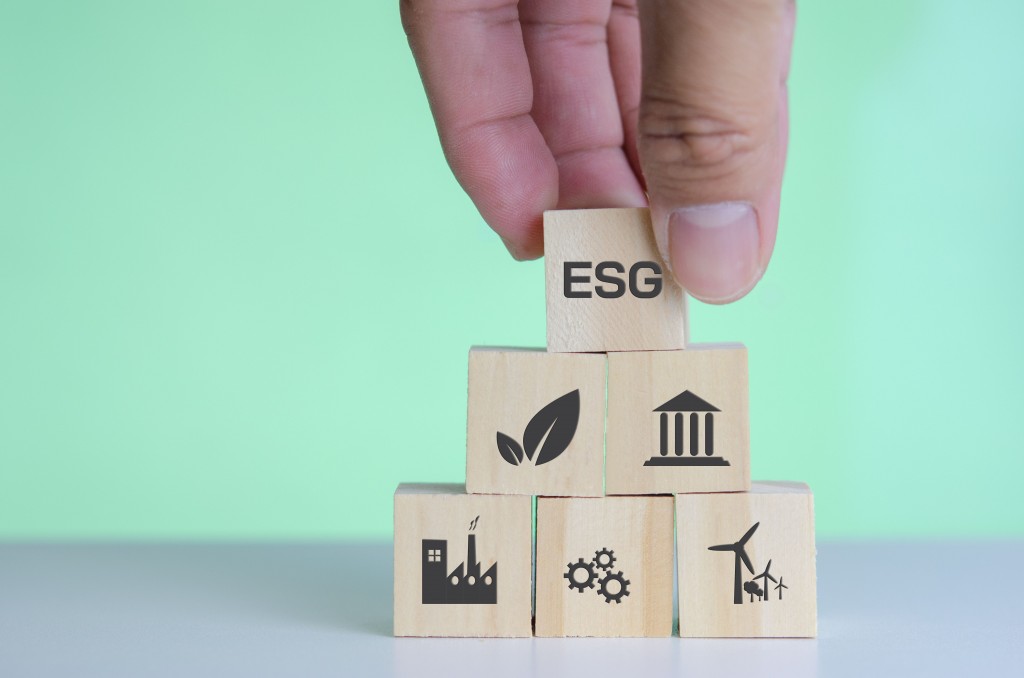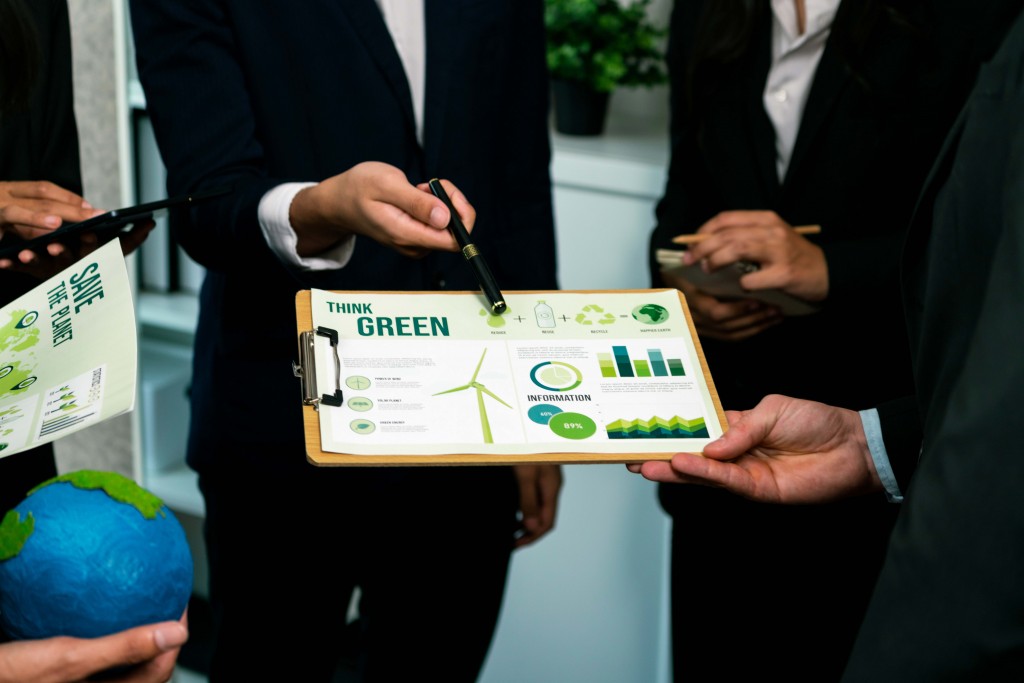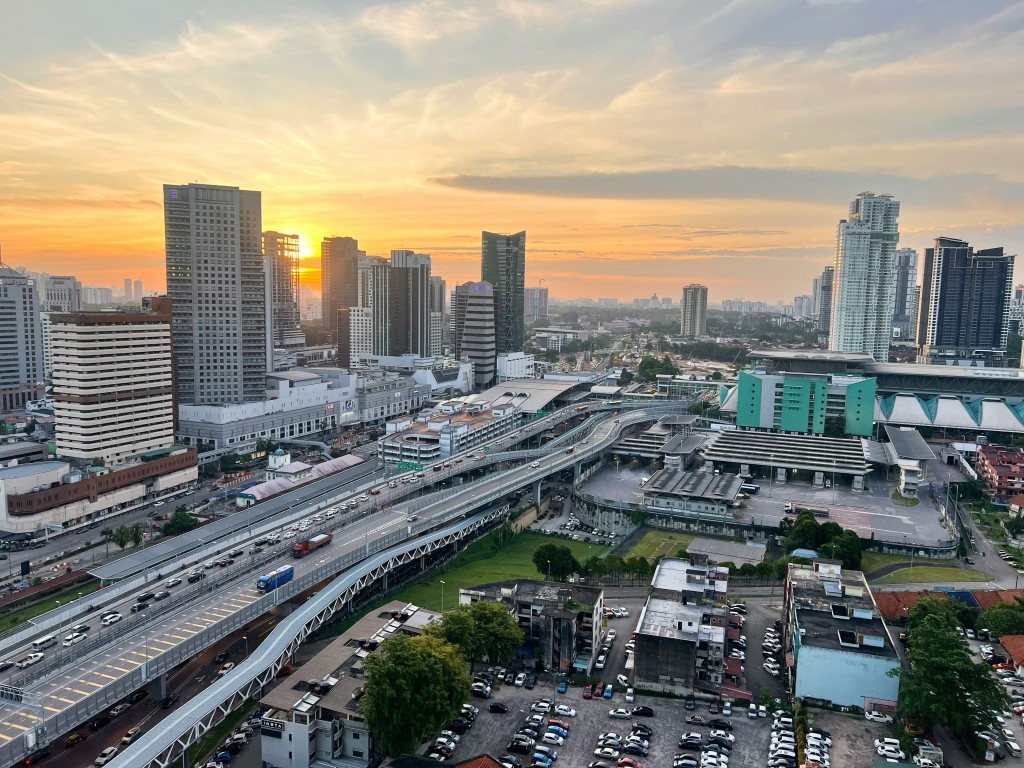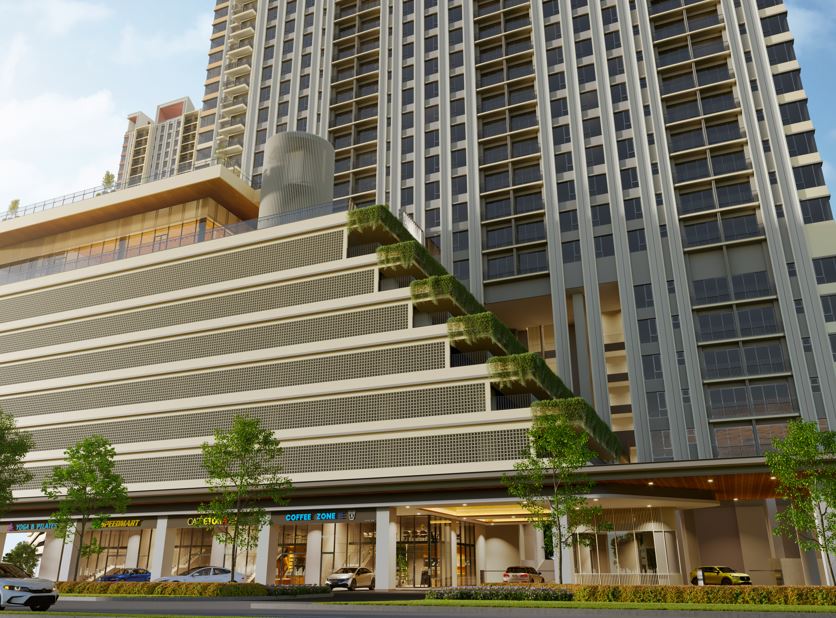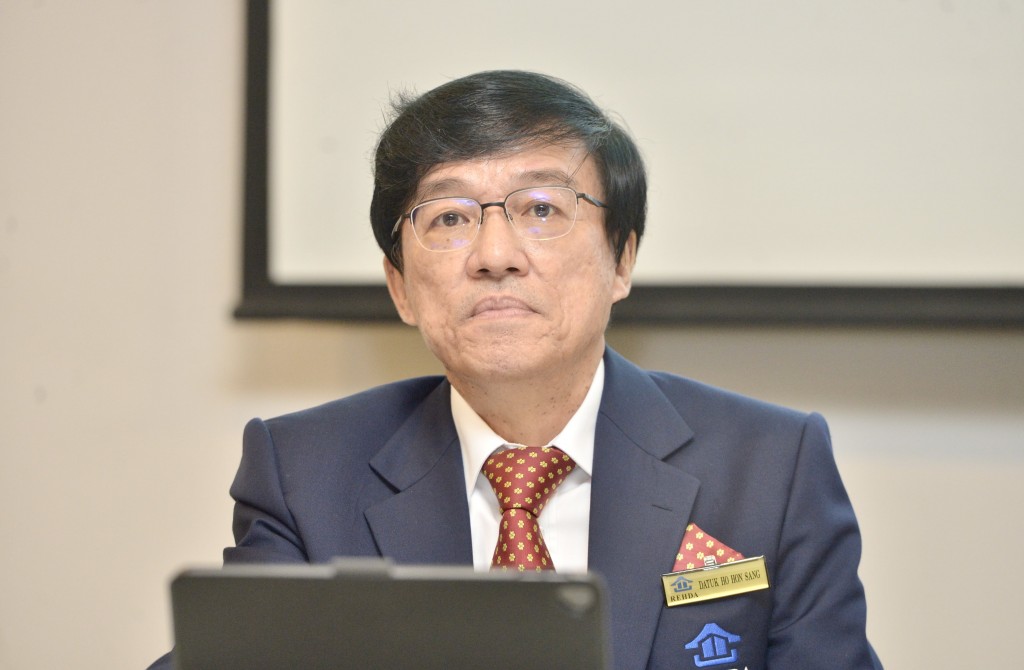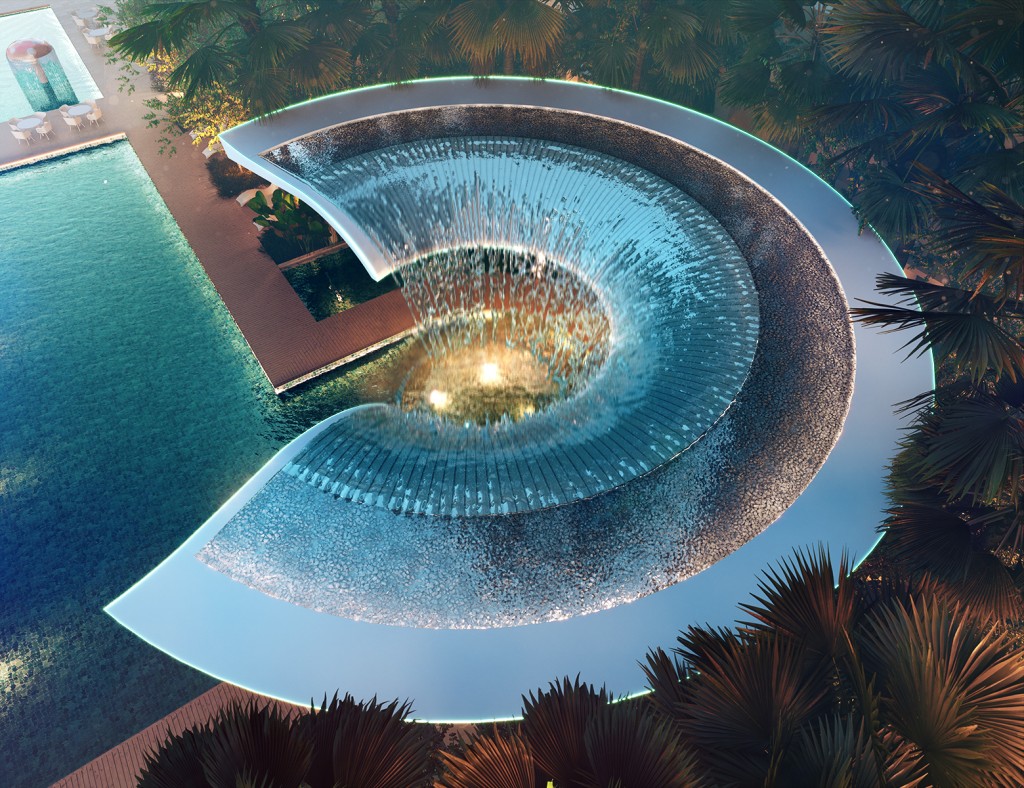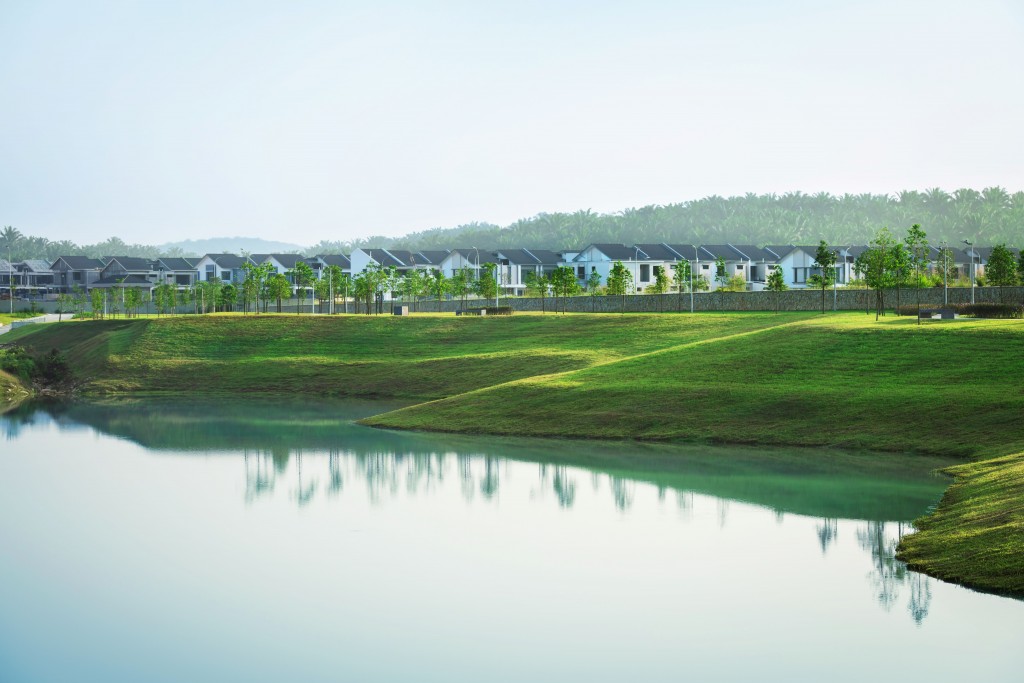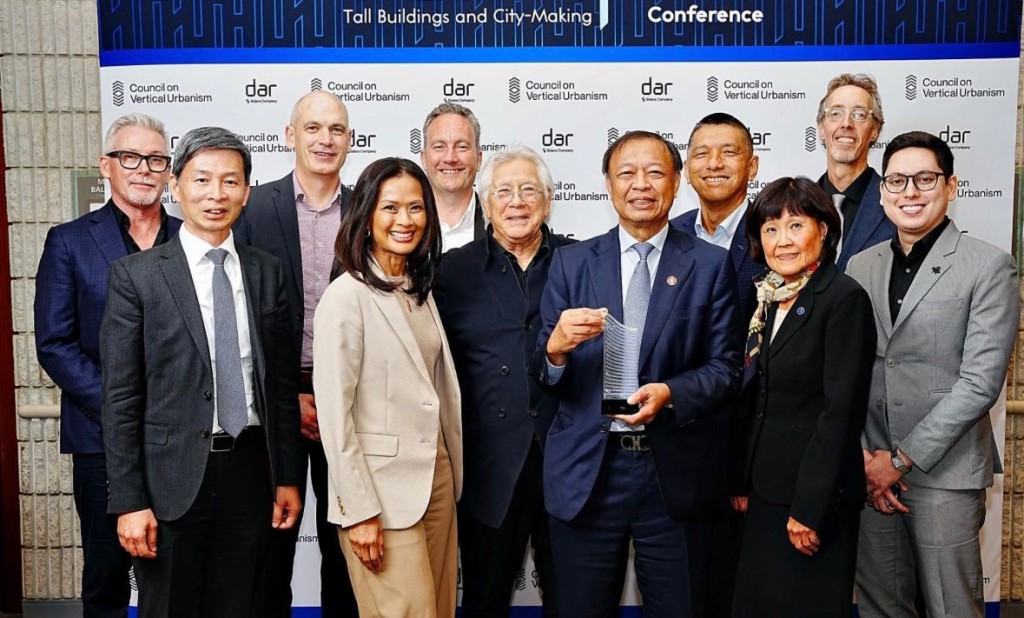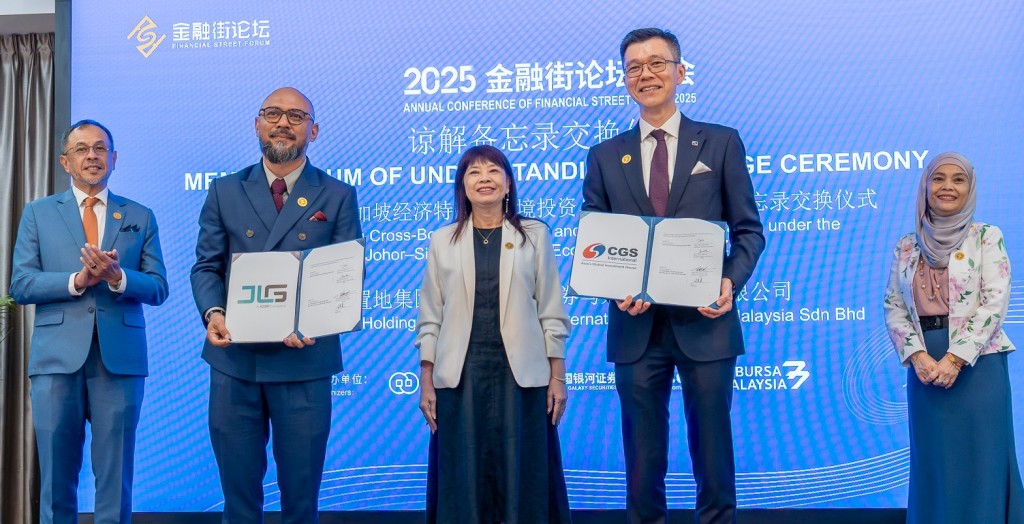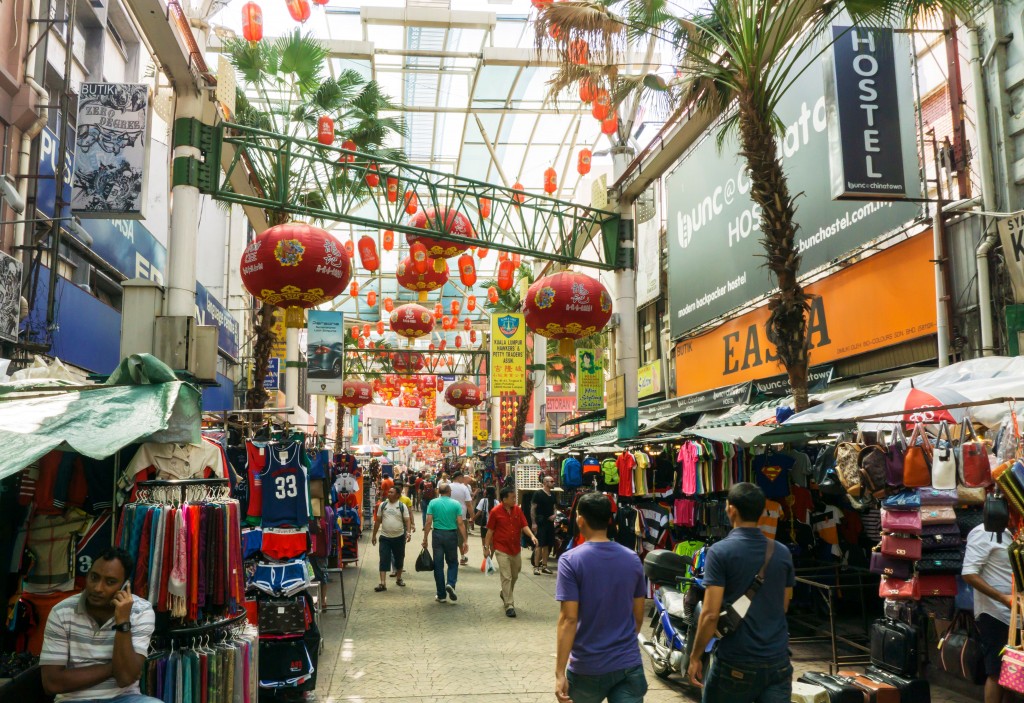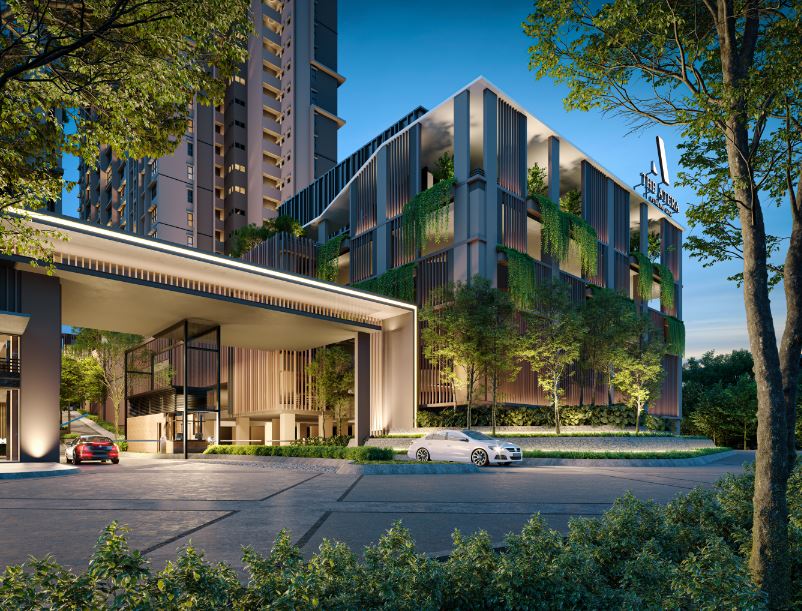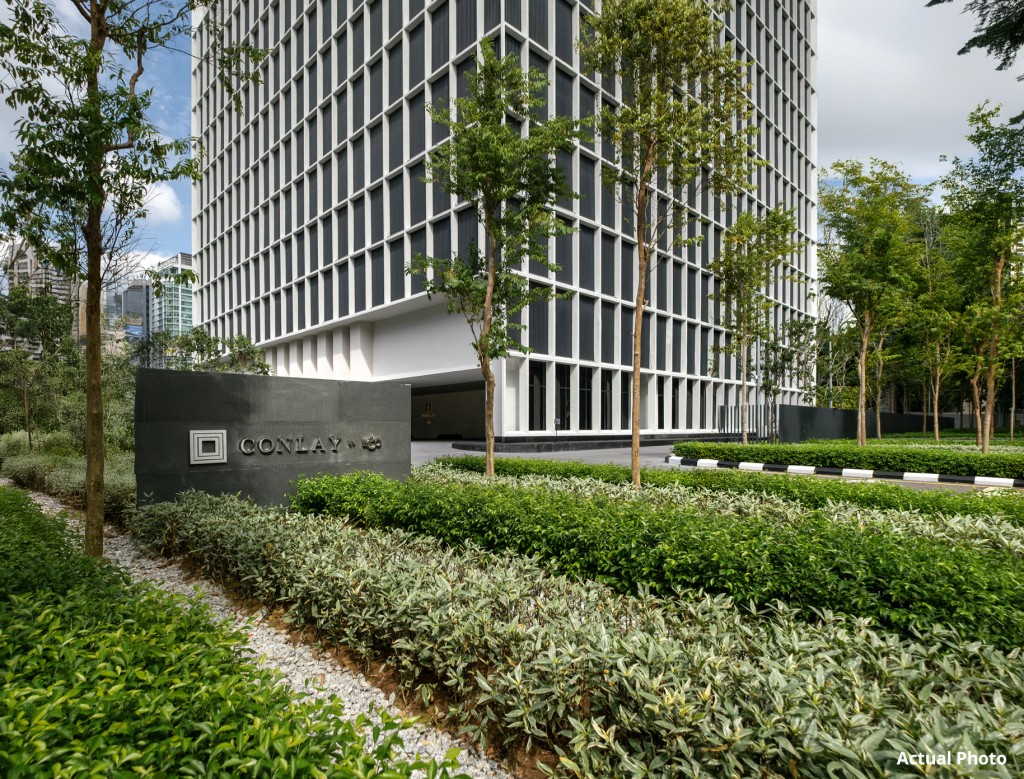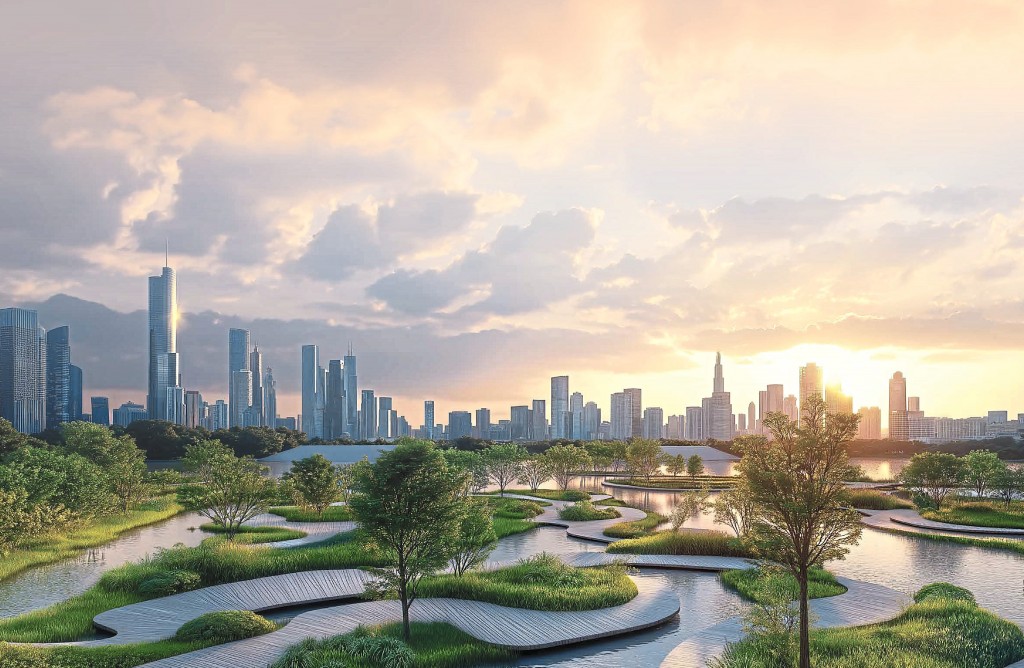By Joseph Wong
The towering presence of tall structures has become synonymous with modern urban landscapes, symbolising progress and innovation. However, as society becomes increasingly aware of the environmental challenges we face, questions arise about the sustainability of these towering architectural marvels.
No doubt that the older skyscrapers might not have taken such green initiatives but the new generation of high-rise buildings designed with sustainability in mind might still not be as green as they seem. A distinctive aspect of sustainability in tall architecture lies in the debate about whether high-rise buildings can truly be greener than their low-rise counterparts.
To date, Malaysia has 285 completed structures above 150m (492 ft), 67 structures above 200m (656 ft), and six structures above 300m (984 ft) in architectural height. The tallest is Merdeka 118 is 678.9m (2,227 ft)while Exchange 106 is 453.6m (1,488 ft) and Petronas Twin Towers is 451.9m (1,483 ft).
Empirical research raises practical concerns, pointing out that the sheer height and volume of resources required for daily activities in tall buildings may counteract their environmental benefits.
Contrasting perspectives
Naturally, there are differing opinions on the environmental impact of tall buildings. Some argue that the vertical nature of tall structures allows for efficient land use, reducing the overall footprint in densely populated urban areas.
On the other hand, concerns about resource consumption, energy use and waste management challenge the perception of tall structures as inherently green. For example, washing or taking a shower on higher floors, transportation of goods through elevators and other logistical challenges contribute to increased energy consumption.
Understanding the role of sustainability in tall architecture involves considering its interplay with the environment, economy and society, as depicted in green tall architecture. However, the economic impact on tall architecture is crucial and sometimes takes precedence due to the substantial investments associated with tall buildings.
Alternatively, tall architecture could be viewed as a sustainable solution, given the projected increase in the world's urban population and the need for efficient land use. The potential to accommodate many people in a relatively small area aligns with sustainability goals, especially in the face of a growing urban population. Despite this, challenges persist in achieving sustainability at the individual building level.
Sustainability in tall architecture becomes even more complex when examining the environmental impact of construction. Carbon emissions associated with building construction contribute significantly to the total carbon footprint of a structure over its lifespan.
Moreover, the life cycle of materials used in the construction of towers can be categorised into three distinct phases: Pre-building, building and post-building.
The pre-building stage outlines the production and delivery process of a material, excluding the point of installation. This involves the acquisition of raw materials from nature, extraction, manufacturing, packaging and transportation to a construction site. This initial phase carries the greatest potential for environmental impact.
Commencing with the assembly of the material into a structure, the building phase extends to encompass maintenance and repair activities, spanning the material's entire lifespan within the building. The construction phase is associated with the generation of significant material waste.
In the third phase, a material may undergo complete recycling, have its components reused in the creation of other goods or be discarded. The demolition of buildings and the management of resulting waste pose a substantial environmental challenge.
Moreover, sustainable building materials should be chosen based on local availability, benefits, cost and durability. Some examples include Pozzolana materials, recycled steel reinforcement, ferro cement, precast components, bricks from coal washery rejects, building blocks from mines and industrial waste, calcium silicate plaster, micro-concrete roofing tiles, clay tiles, low VOC paints, adhesives, sealants, composite wood products and the use of recycled content in roads and pavements. Additionally, gypsum board, tiles, plaster, blocks, and gypsum plaster fibre jute/sisal and glass fibre composites are considered eco-friendly choices.
Sustainable building materials are those produced and sourced domestically, leading to reduced transportation costs and lower carbon dioxide emissions. These materials may include reused components, exhibit thermal efficiency and require less energy compared to conventional alternatives.
The construction sector, which plays a significant role in environmental impact, has the responsibility to champion sustainable development. The use of green construction materials minimises adverse effects on the environment. The intricate relationship between environmental management, economic development, and human health has a profound impact on the quality and sustainability of our society.
Green building practices reduce a structure's embodied energy through efficient design, utilisation of recycled and local materials, and recycling of construction waste. Sustainable building designs also contribute to a decrease in energy consumption over the building's lifetime. Incorporating skylights and strategically placing windows can eliminate the need for electrical lighting during daylight hours. Additionally, high-quality insulation reduces temperature regulation costs in both winter and summer. Green building practices also lead to reduced water consumption compared to traditional construction methods.
With climate change at the global forefront, developments with a focus on environmental, sustainable and governance (ESG) elements have to start at a design stage, Bursa Malaysia Bhd chairman Tan Sri Abdul Wahid Omar told StarProperty on his stance toward sustainability.
The process would continue to the construction and building stage, as it was important for the design. These were all positive elements to reduce Malaysia’s carbon footprint, from designs that take advantage of natural lighting, airflow, the impact on heat and so on, he pointed out.
He noted that there were several initiatives that developers could take, firstly in the usage of construction materials such as lighter materials that were long-lasting, materials that required little maintenance, as well as those that were sustainably sourced.
Greener than others
However, it is important to note that this article does not imply that the latest generation of skyscrapers lacks environmental consciousness. Malaysia’s construction industry, akin to many other sectors, is currently undergoing a significant transformation as it strives to align with the ambitious goal of achieving zero carbon emission by 2050. What stands out prominently is the remarkable shift towards sustainability, despite the relatively short time frame.
In recent years, there has been a noticeable and commendable emphasis on adopting eco-friendly practices within the construction of skyscrapers. This shift is driven by a growing awareness of the environmental impact of construction activities and the urgent need to address climate change. The construction industry has swiftly embraced sustainable building practices, incorporating innovative technologies, materials and design principles to reduce its carbon footprint.
“What impressed me the most was the attention to detail and the commitment to sustainable development and the integration of communities. Developers are evidently putting the needs and expectations of end-users at the forefront of their designs and transformations,” observed Malaysian Institute of Professional Estate Agents and Consultants (MIPEAC) vice president Kamal Abd Ghafur Korusamy.
The commitment to sustainability in the construction of skyscrapers is evident through various initiatives, including the integration of energy-efficient systems, utilisation of eco-friendly construction materials, and adherence to stringent environmental standards. The industry is actively exploring green building certifications and eco-labels to demonstrate its dedication to environmental responsibility.
While the transition towards greener skyscrapers is a work in progress, the noticeable progress within a relatively short span is encouraging. The collective effort to balance the towering structures of urban landscapes with environmental responsibility reflects a positive direction for the construction industry. As advancements continue, skyscrapers are likely to become increasingly synonymous with sustainability, contributing to a more eco-conscious and resilient built environment.
Biomimicry a possible solution
Researching the sustainability of tall structures provides an opportunity to explore innovative design solutions and construction methods that can mitigate environmental impacts. This could include examining energy-efficient technologies, green building materials and sustainable urban planning strategies.
Biomimicry emerges as a crucial approach for sustainability, borrowing from nature to address human challenges. Nature serves as a model, measure and mentor, offering efficient and time-tested solutions. The three principles of biomimicry — ethos, (re)connect, and emulate — guide the conscious emulation of nature's genius in problem-solving. The goal is to create conditions conducive to life, aligning with the ecological limits of nature.
Biomimicry finds resonance in architecture, providing architects with a fresh perspective on sustainable design. The significance of biomimicry lies in comprehending not only the form but also the elements and details of a structural system. It acknowledges the lack of blueprints in nature and underscores the need for biomimicry to be a conscious emulation of nature's principles.
The integration of biomimicry and structural form is explored, showcasing examples like the bone's structural system as a potential inspiration for tall architecture. The concept of a biomimetic structural form might serve as a paradigm shift to achieve vital sustainability in tall architecture. This paradigm seeks to address sustainability challenges at both the overall building performance level and the structural form level.
The biomimetic structural form, derived from natural models, is conceptualised as a flow system where geometry and function emulate the efficiency and adaptability found in natural structural forms.
At the end of the day, the goal is to move towards vital sustainability, a qualitative shift that becomes indispensable in designing tall buildings. Whatever approach is considered an inevitable evolution for tall architecture, ensuring its survival and continuity through sustainable practices is eminent.
Stay ahead of the crowd and enjoy fresh insights on real estate, property development, and lifestyle trends when you subscribe to our newsletter and follow us on social media.



